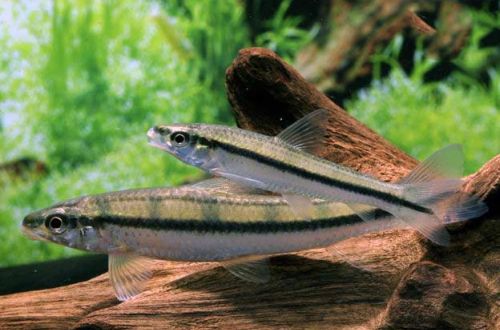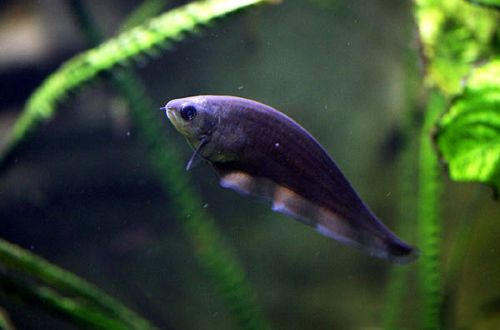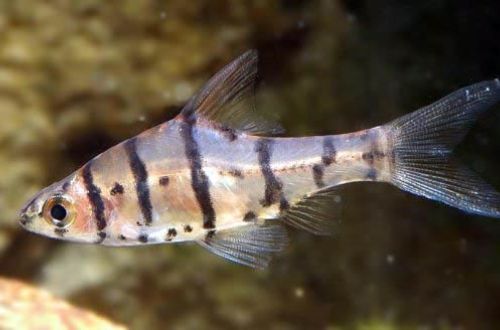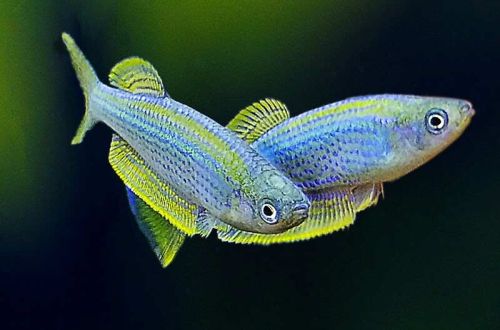
parodon simple
Parodon simple, scientific name Apareiodon affinis (formerly Parodon affinis), belongs to the family Parodontidae (Periodontids). The fish comes from South America from the vast La Plata region – an estuary formed by the confluence of the Uruguay and Parana rivers and stretching for 320 km to the Atlantic Ocean. Buenos Aires is located on the banks of La Plata.

Description
Adults reach a length of up to 8 cm. In some cases, males can grow much larger – up to 14 cm. An unremarkable fish from the point of view of aquarism. It has a modest gray color with a silvery belly. A black stripe runs along the body.
Behavior and Compatibility
They prefer to be in a flock of 5-6 individuals. Movable active fish. They get along well with other non-aggressive species of comparable size.
Brief information:
- The volume of the aquarium – from 150 liters.
- Temperature – 16-28°C
- Value pH — 6.0–7.2
- Water hardness – 5–15 dKH
- Substrate type – any
- Lighting – moderate or bright
- Brackish water – no
- Water movement is weak
- The size of the fish is 8–14 cm.
- Nutrition – foods with a high content of plant components
- Temperament – peaceful active fish
- Keeping in a flock of 5-6 individuals
Maintenance and care, arrangement of the aquarium
The optimal size of the aquarium for a small flock of Parodont simple starts from 150-200 liters. In the design, it is recommended to combine open areas for swimming with places for shelters, for example, made up of natural driftwood and thickets of plants.
The content is quite simple. Being native to the subtropics, the fish is perfectly adapted to life in a wide range of temperatures (16–28°C), including home aquariums without heaters. However, a sharp temperature drop should not be allowed. The hydrochemical composition of water is also not significant.
The water must be clean and rich in oxygen. A productive filtration system will cope with this task, provided that regular aquarium maintenance procedures are carried out, such as replacing part of the water with fresh water, cleaning the soil with the removal of organic waste.
Food
The basis of the diet can be popular dry food with a high content of plant components, as well as algae, which can grow on the surface of snags.





